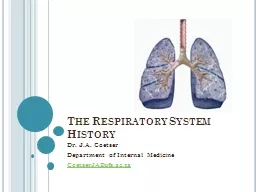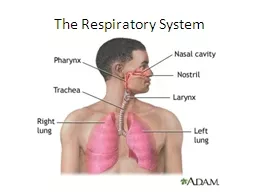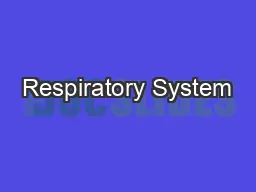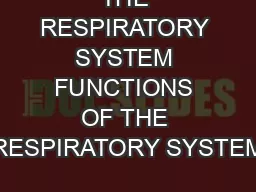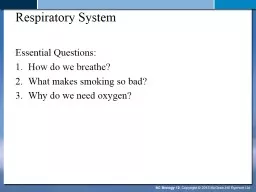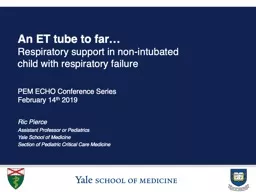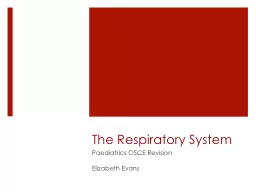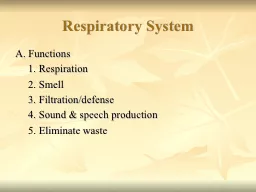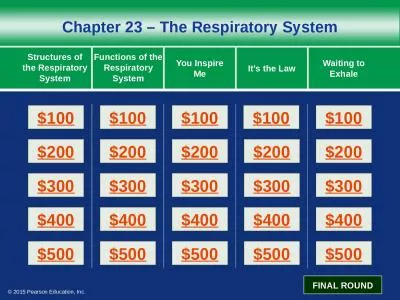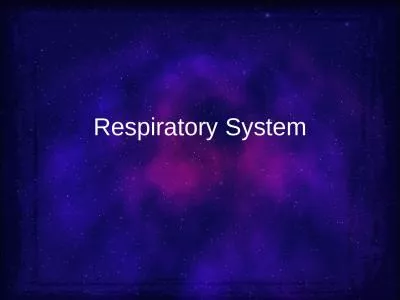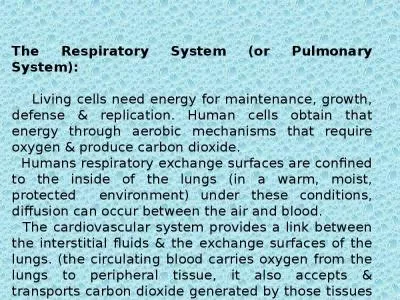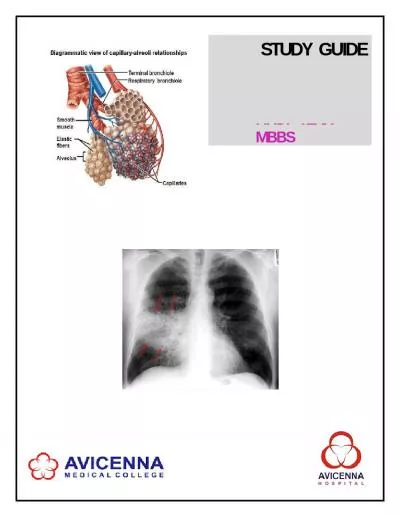PPT-The Respiratory System History
Author : stefany-barnette | Published Date : 2016-03-10
Dr JA Coetser Department of Internal Medicine CoetserJAufsacza Presenting symptoms Cough Sputum Haemoptysis Dyspnoea Wheeze Chest pain Fever Hoarseness Night sweats
Presentation Embed Code
Download Presentation
Download Presentation The PPT/PDF document "The Respiratory System History" is the property of its rightful owner. Permission is granted to download and print the materials on this website for personal, non-commercial use only, and to display it on your personal computer provided you do not modify the materials and that you retain all copyright notices contained in the materials. By downloading content from our website, you accept the terms of this agreement.
The Respiratory System History: Transcript
Download Rules Of Document
"The Respiratory System History"The content belongs to its owner. You may download and print it for personal use, without modification, and keep all copyright notices. By downloading, you agree to these terms.
Related Documents

